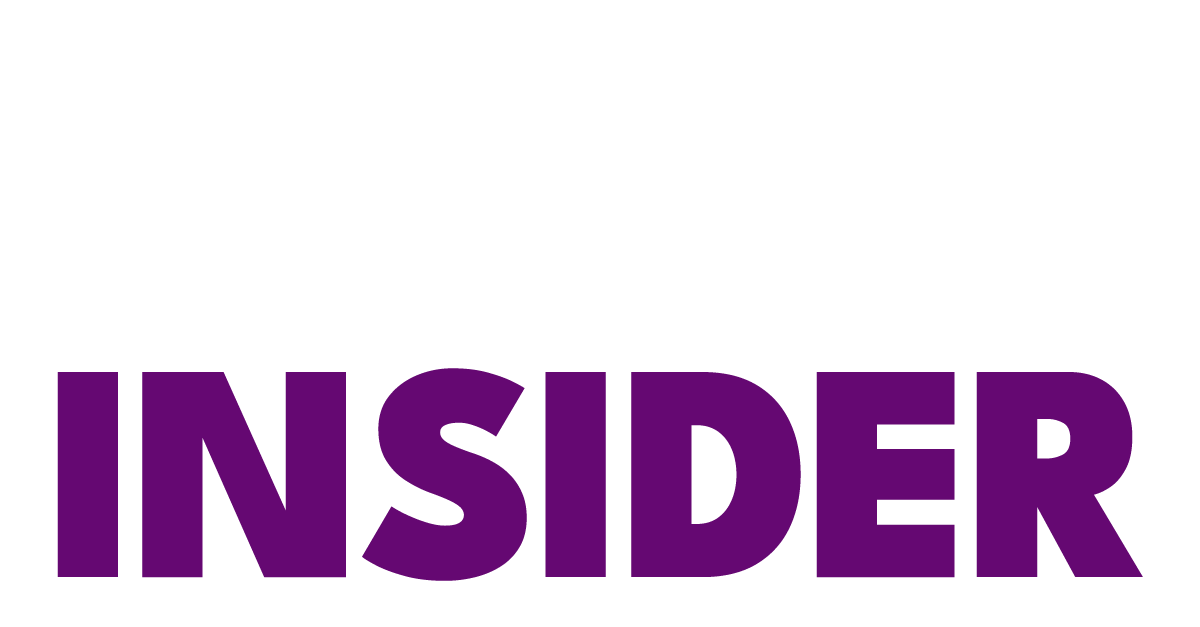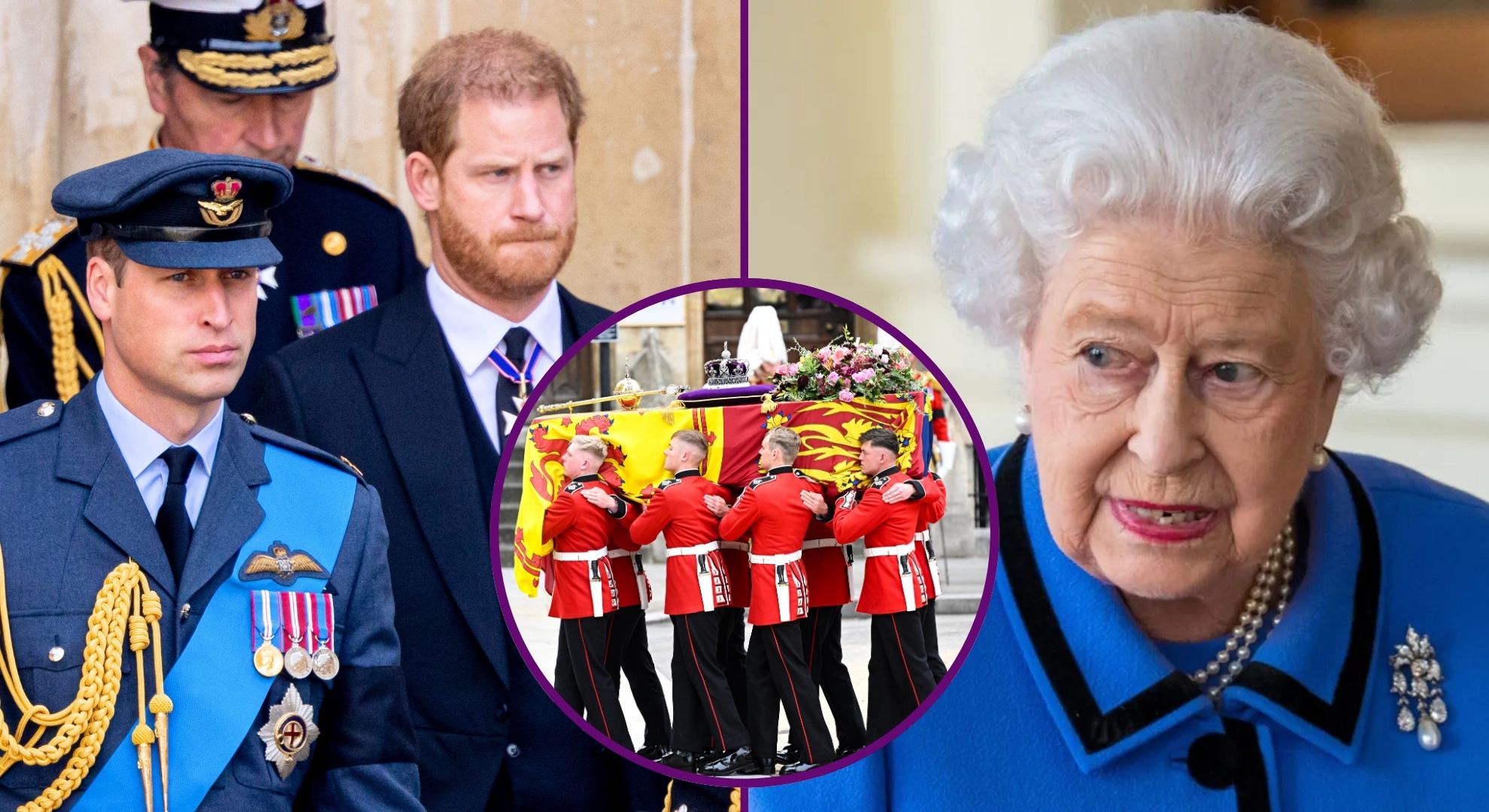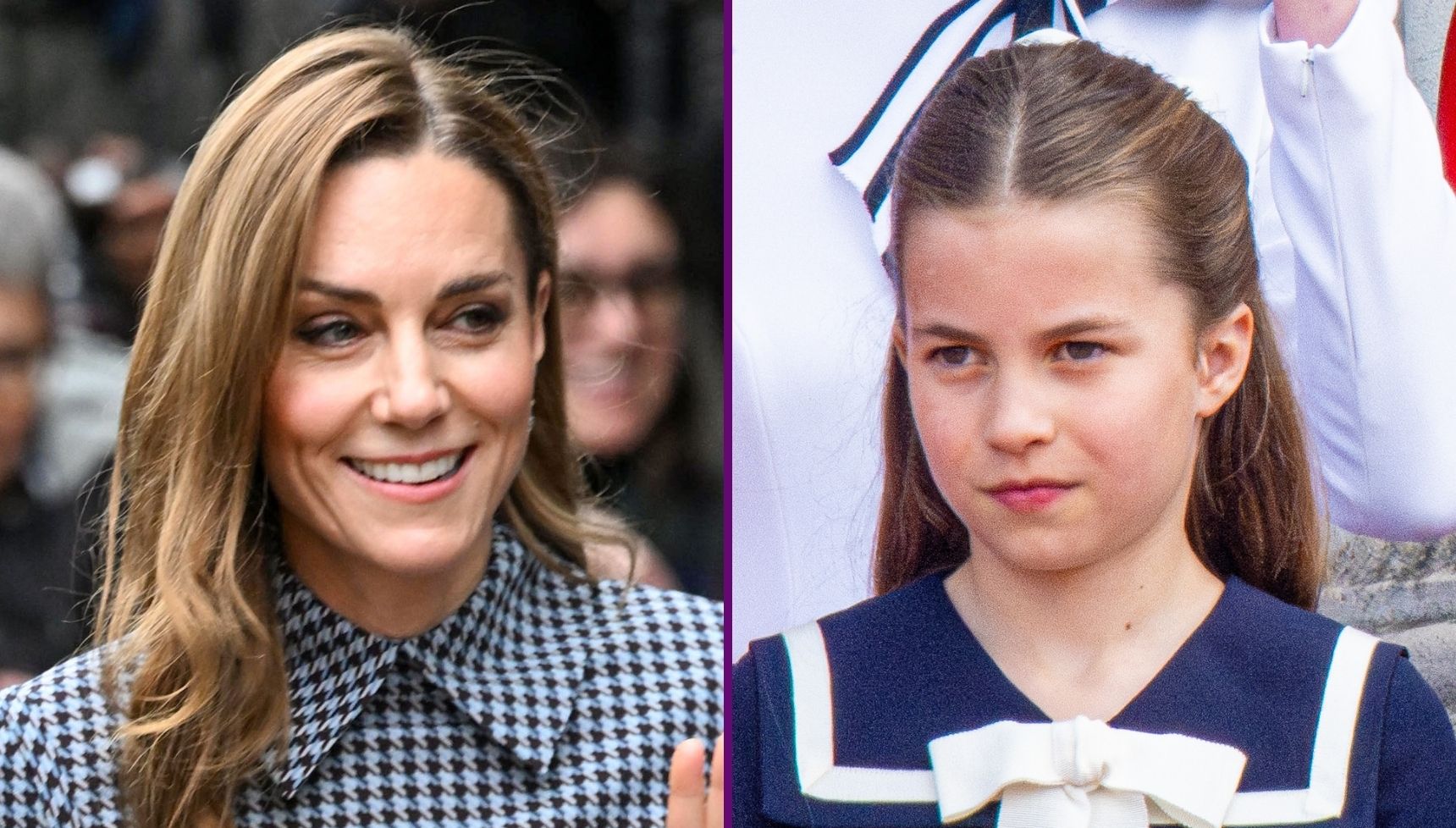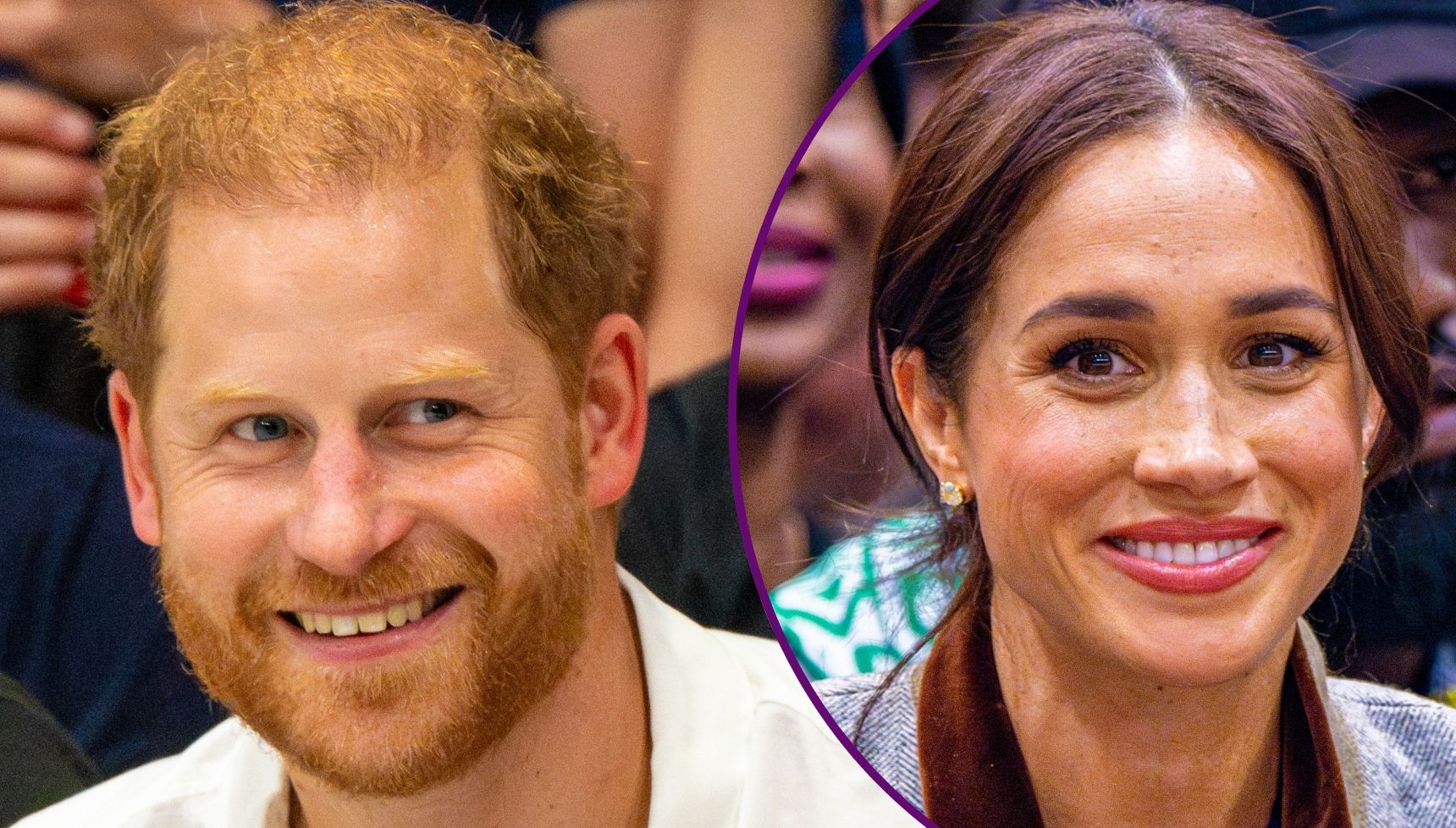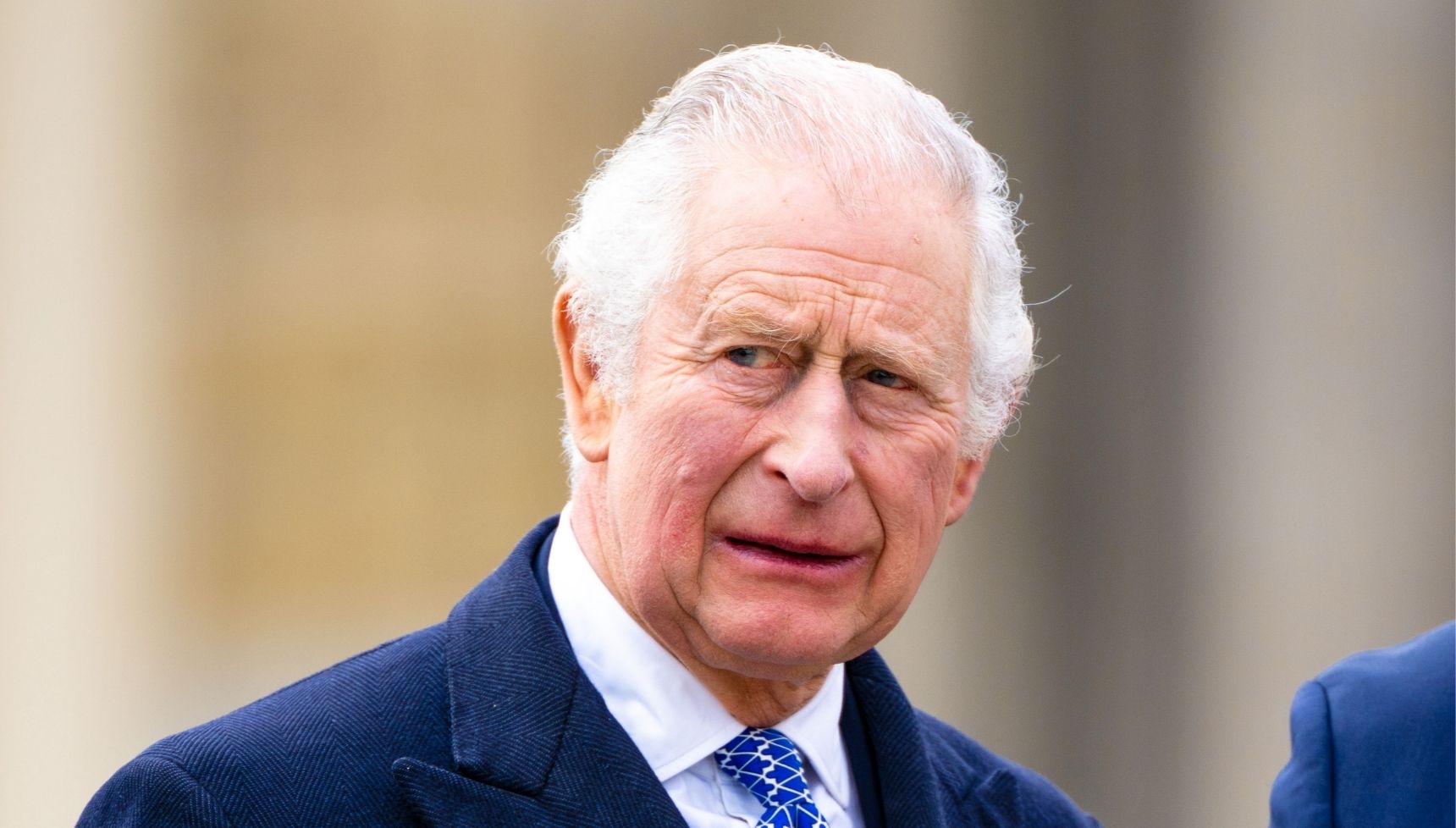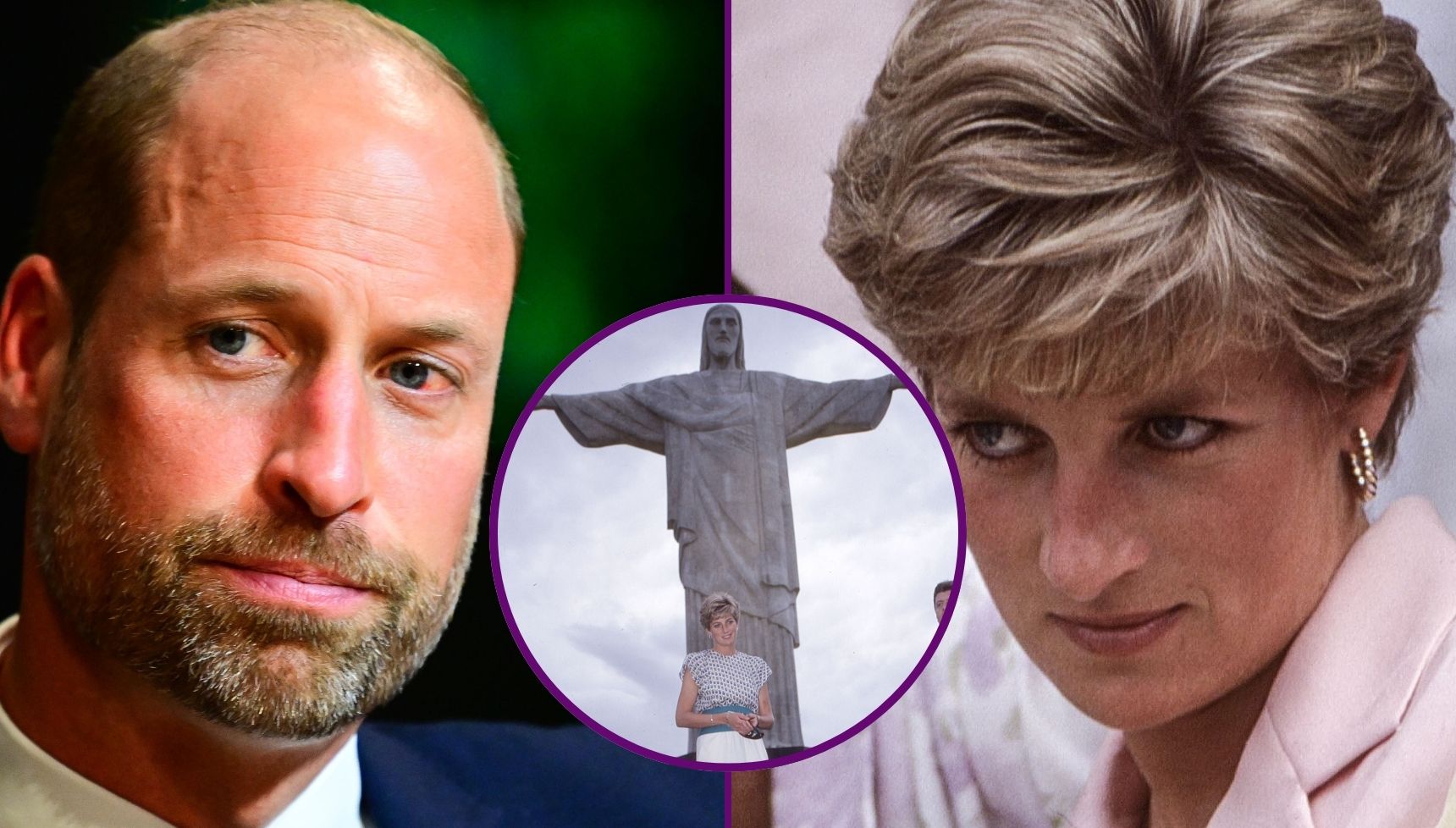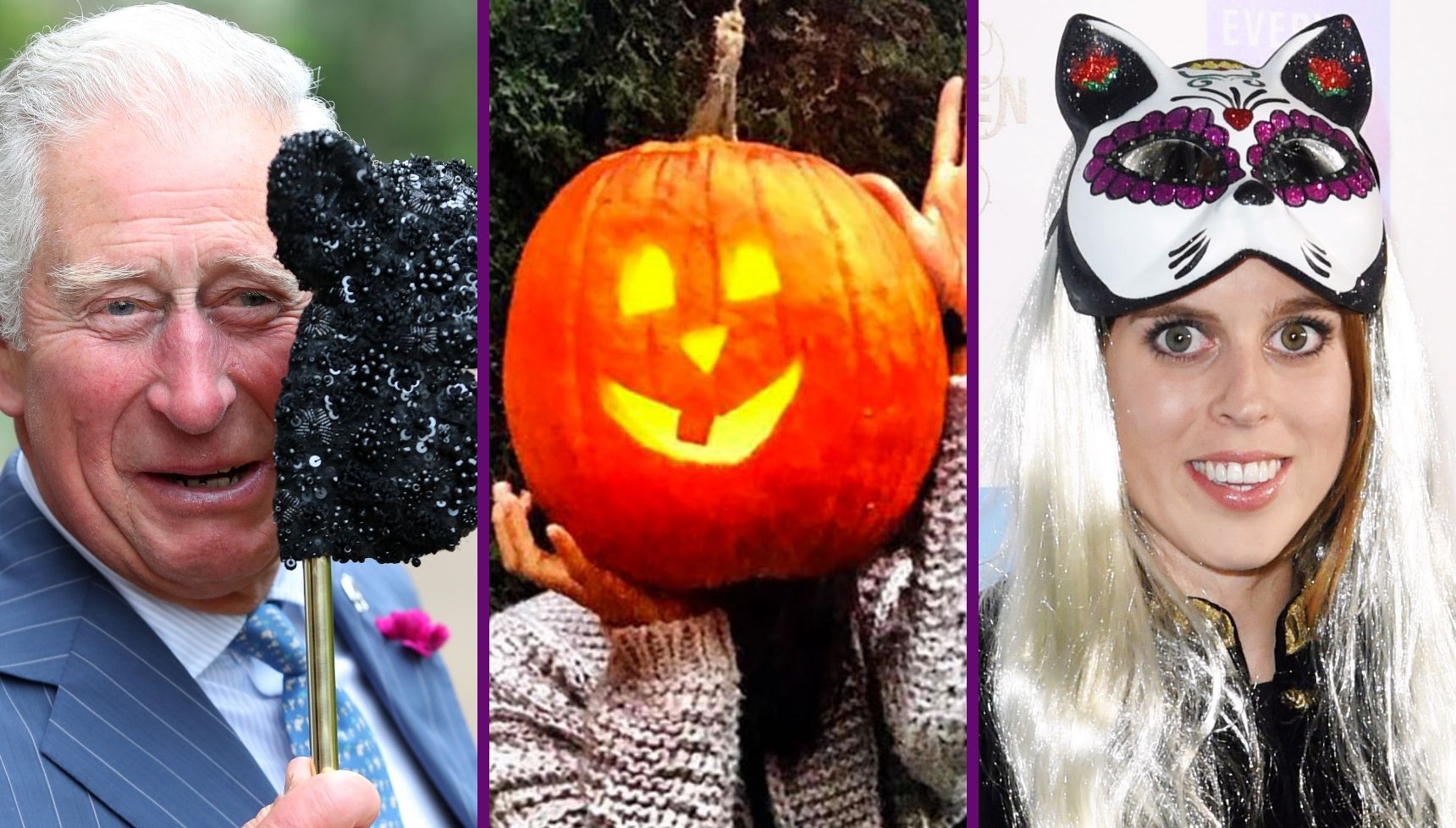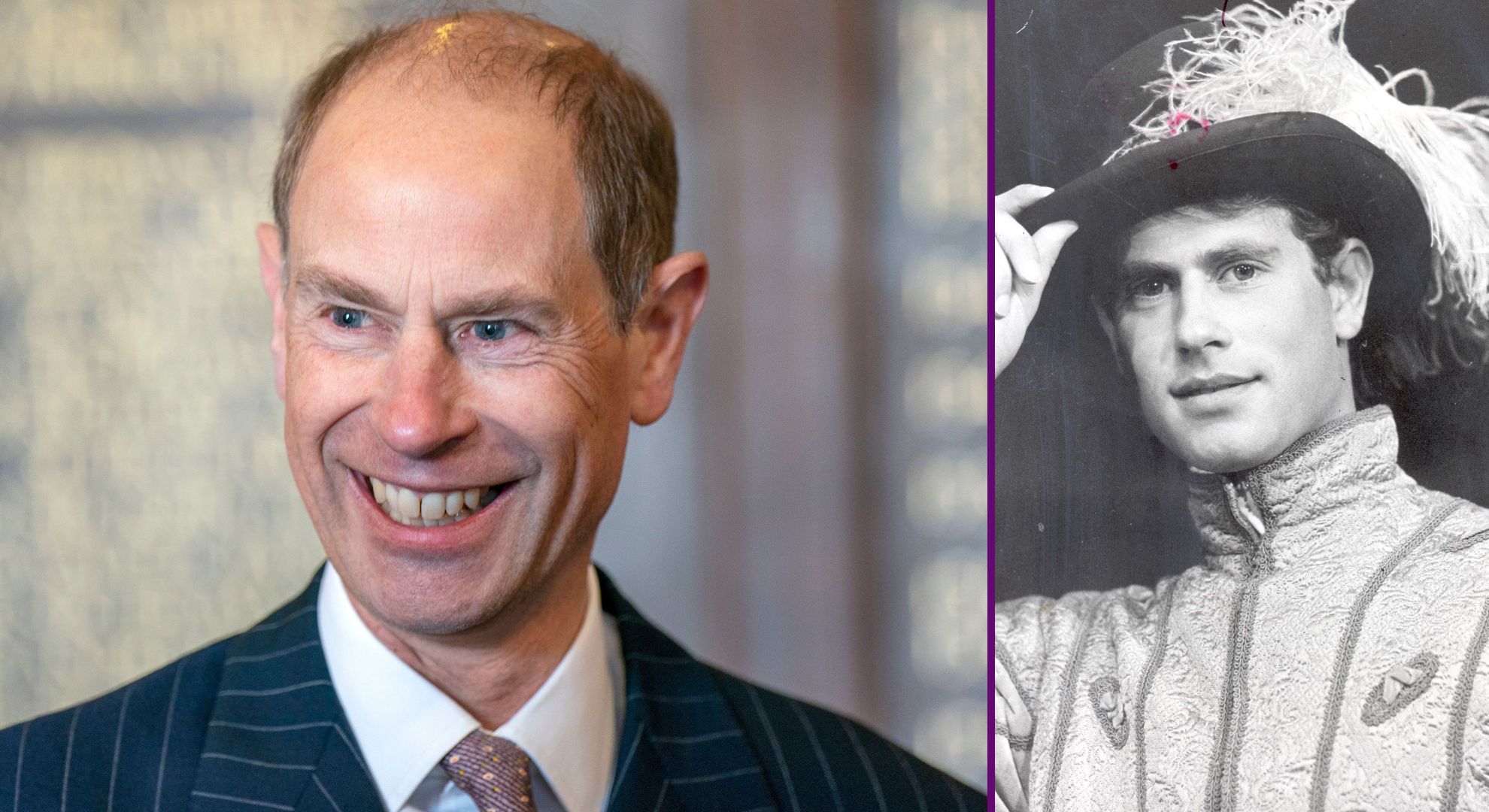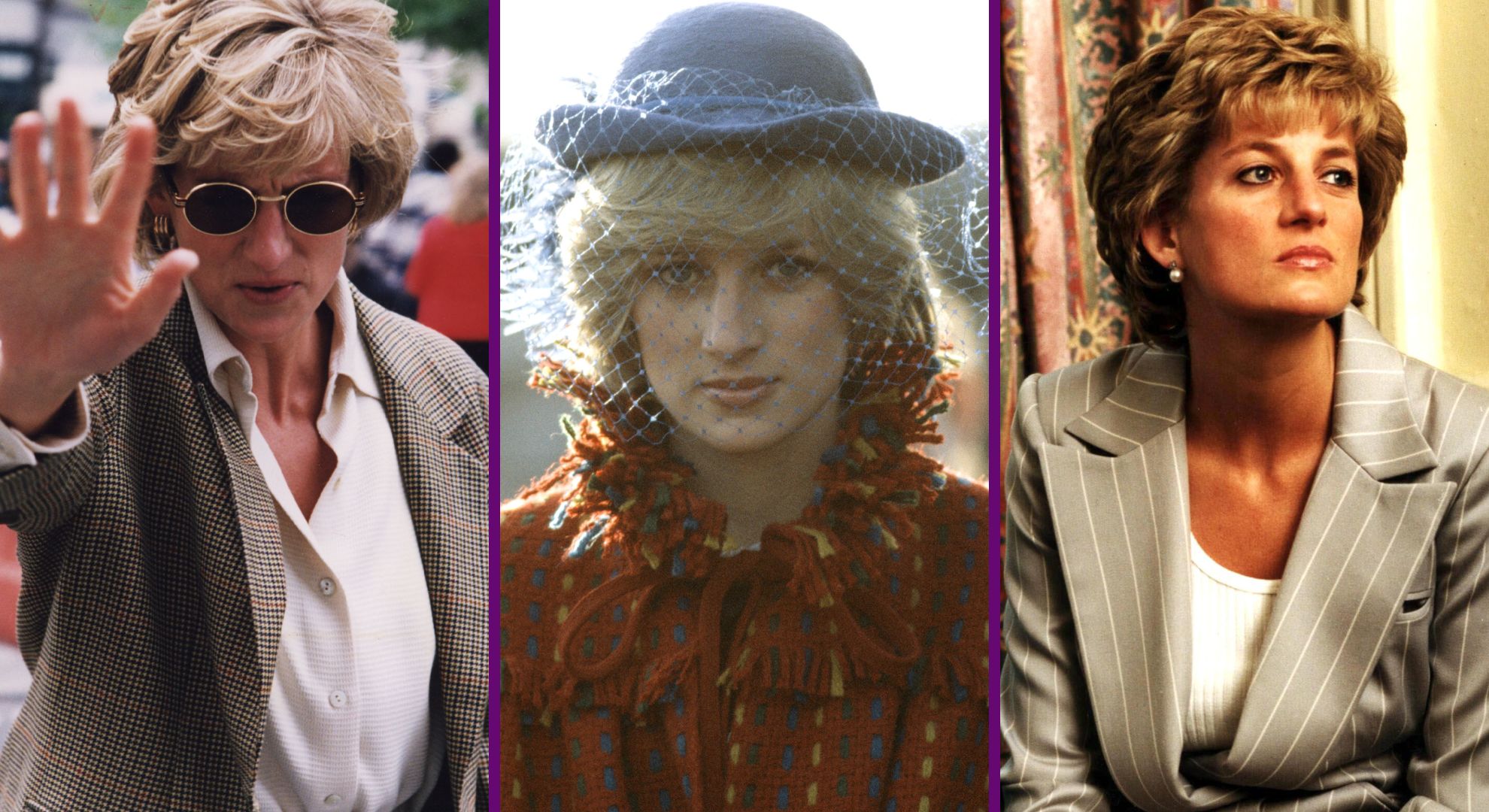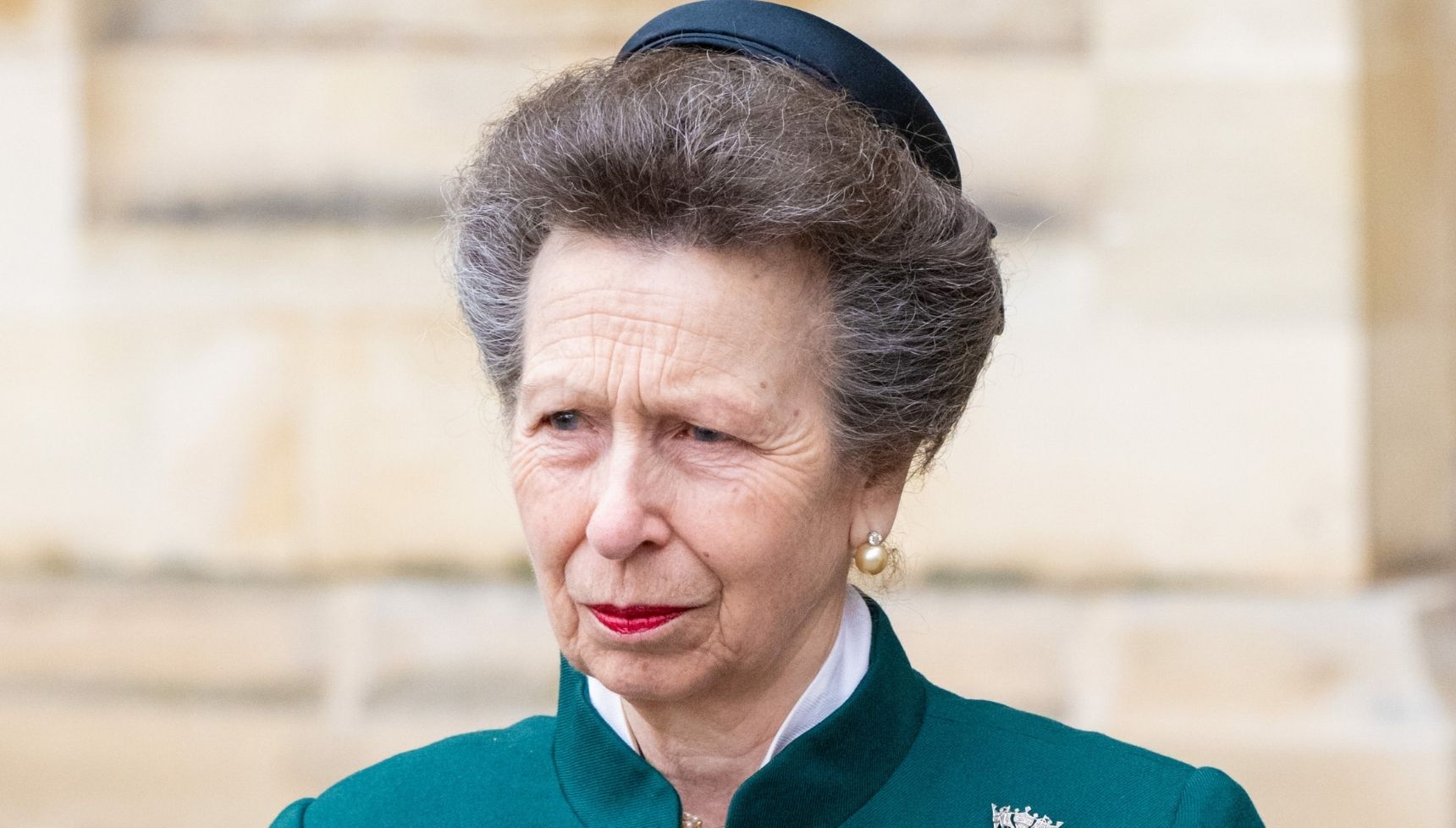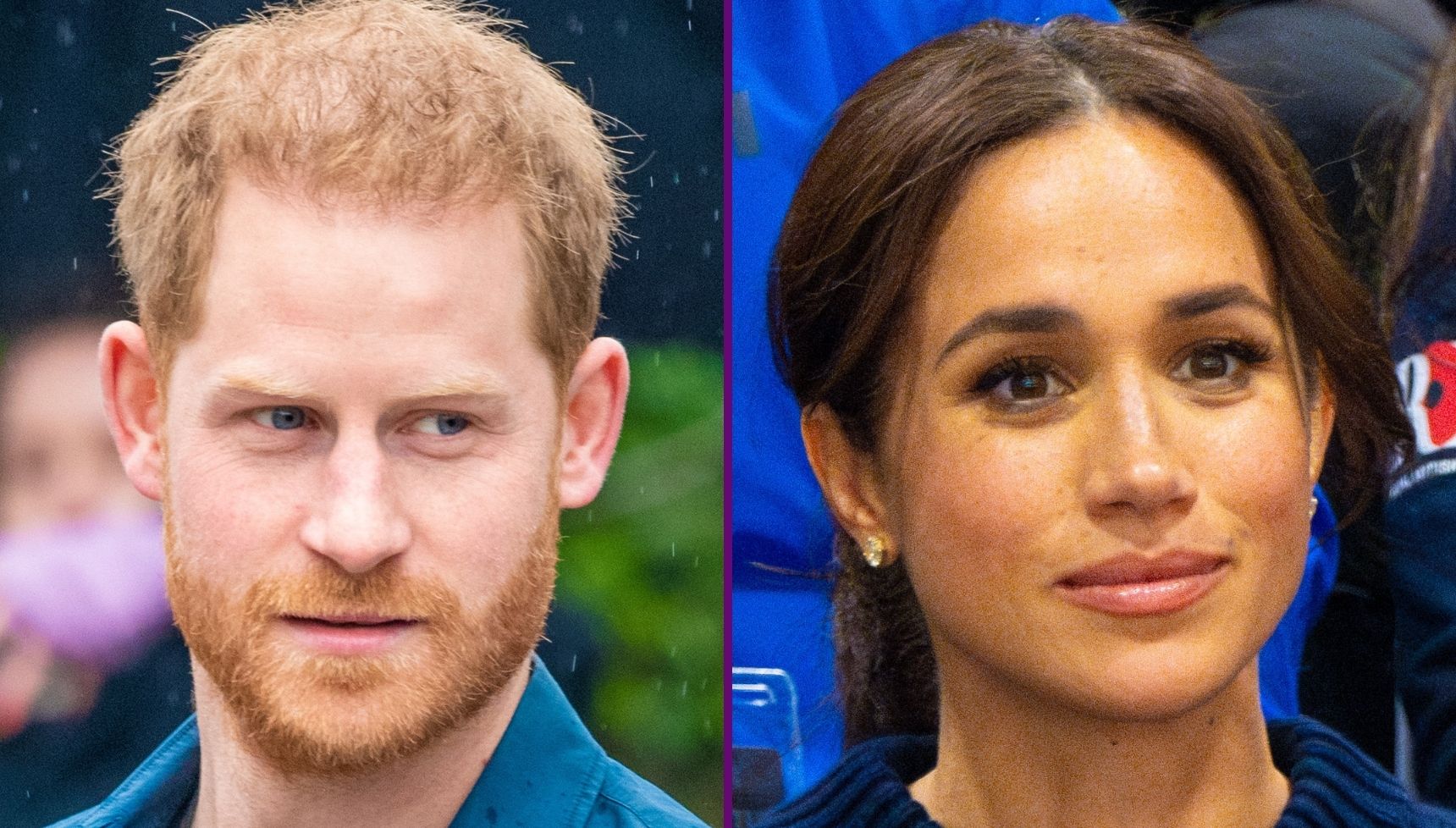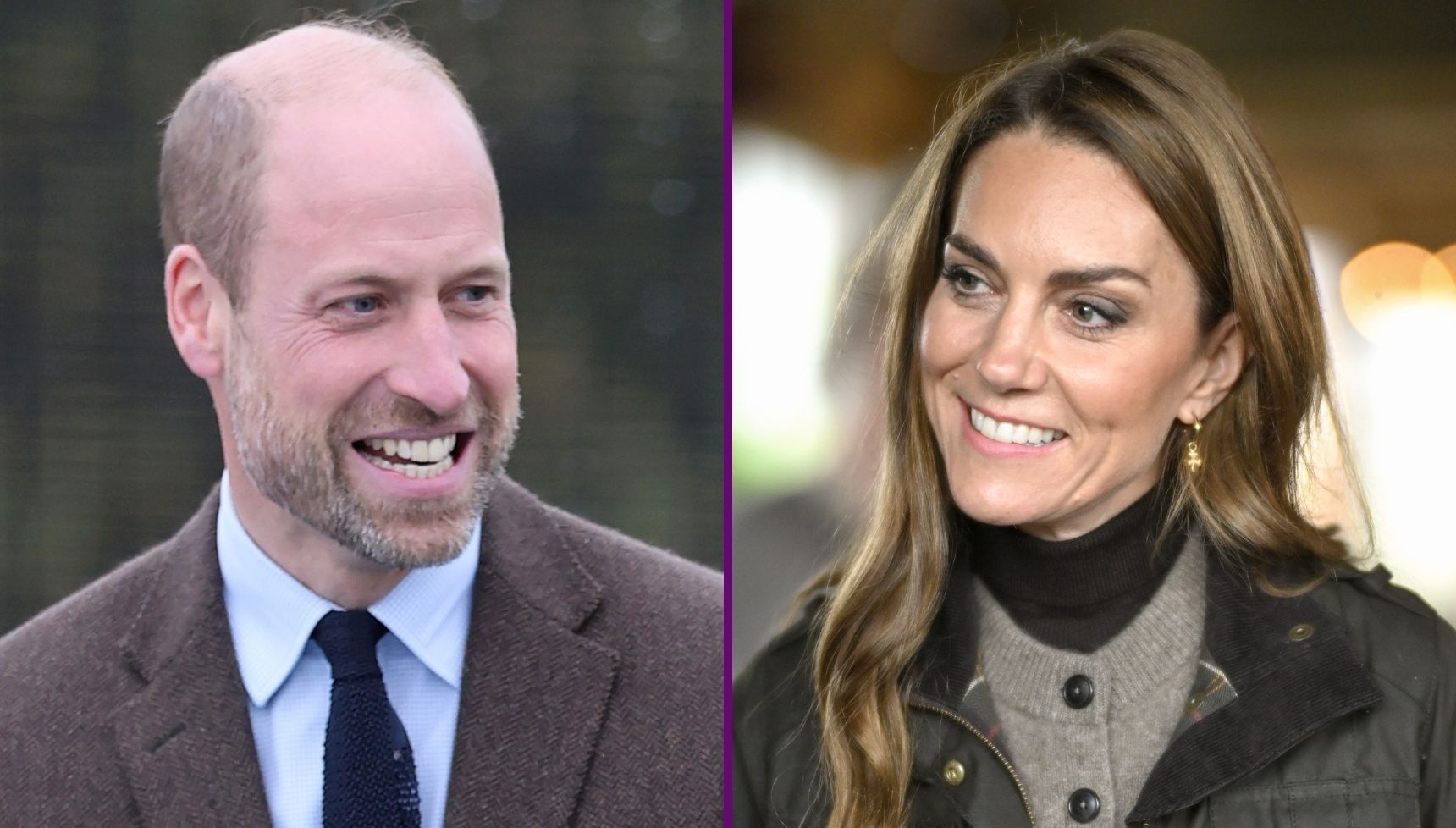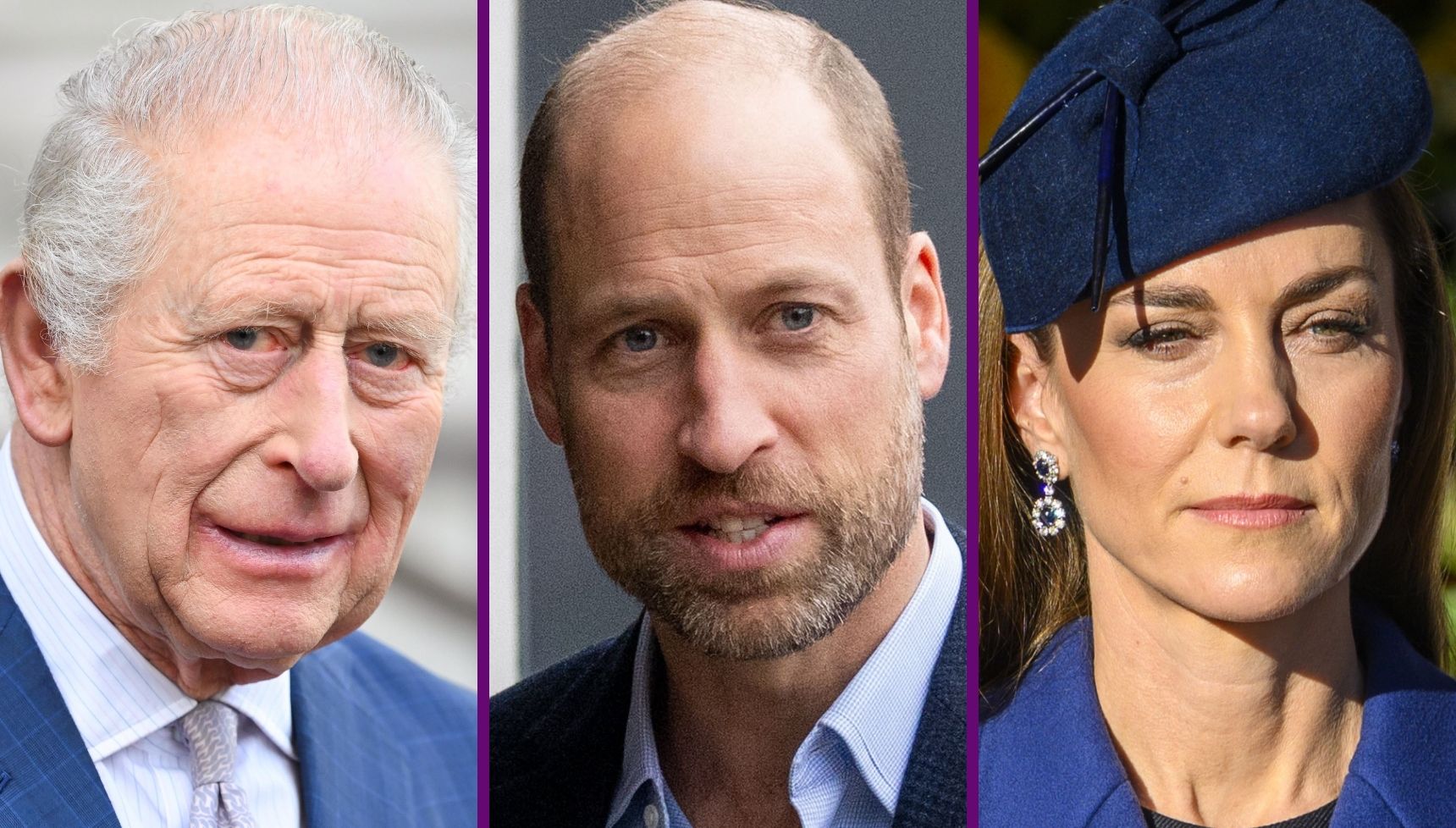Inside Queen Elizabeth II's funeral and the world's final goodbye to Britain's longest-reigning monarch
Queen Elizabeth became Britain's longest-reigning monarch after seven decades on the throne...The state funeral for Queen Elizabeth II took place on September 19 after Her Majesty passed away on September 8, 2022.
She was laid to rest following a service at Westminster Abbey in London where millions tuned in to say their final farewell. Adored by so many people in the United Kingdom and overseas, the queen’s death left thousands queueing up to pay their respects.
We take a look back at Queen Elizabeth II‘s funeral, procession and how the royal family bid goodbye to Britain’s longest-reigning monarch.

What was Queen Elizabeth’s funeral like?
Following Queen Elizabeth II’s death, the entire country entered a 10-day mourning period.
The queen’s coffin spent four days lying-in-state before her state funeral. A state funeral is a public funeral ceremony, observing the strict rules of protocol, held to honour people of national significance.
State funerals usually include much pomp and ceremony as well as religious overtones and distinctive elements of military tradition.
Generally, state funerals are held in order to involve the general public in a national day of mourning after the family of the deceased gives consent.
Read more: Queen Elizabeth II’s real cause of death as memo from her private secretary revealed how she died

Heartbreaking procession through the streets
At 10:44am, the queen’s coffin left Westminster Hall on the State Gun Carriage from the Royal Navy. King Charles and members of the followed the queen’s coffin in the procession. Mourners had been arriving to watch it pass in the morning, with viewing areas full by 9am.
The journey through central London saw the cortege being led by the Royal Canadian Mountain Police, and joined by the armed services, police and the NHS.
More than 4,000 military personnel were on parade, including 2,000 as part of three processions. Many marched through London while others lined the procession route. The late queen was head of the armed forces and served as commander-in-chief.
At 10:52am the procession arrived and the coffin carried into the Abbey for the service. The state funeral service began at 11am.

The second procession took her from the Abbey to Wellington Arch, where the coffin was transferred to the State Hearse to travel to Windsor. The carriage used in the main procession was last seen in 1979 for the funeral of Lord Mountbatten, Prince Philip’s uncle and King Charles‘ mentor. The third procession is when her coffin was transported to St George’s Chapel.
Members of the royal family, including the king, his sons and siblings, as well as nephews, followed behind the coffin. Whereas Queen Consort Camilla, Duchess of Sussex, Princess of Wales, Duchess of Edinburgh and Prince Andrew’s daughters, followed QueenElizabeth II’s funeral procession in cars.

Tear-jerking service
Inside the Abbey, the Archbishop speak in front of royals and world leaders as mourners lined the streets of central London outside.
The Crown Jewels were passed to the dean and placed on the Hal Altar.
The Very Rev David Hoyle, Dean of Westminsters, spoke of Her Majesty’s “unswerving commitment to a high calling over so many years as Queen and Head of the Commonwealth”.
The congregation began to sing The Lord is My Shepherd before the national anthem ahead of the two-minute silence laid across the UK.
After the last hymn was sung, the king stepped forward and placed the Grenadier Guards’ Queen’s Company Camp Colour (smaller version of the Royal Standard of the Regiment) on the coffin.
Lord Chamberlain, Baron Parker, ‘broke’ his Wand of Office and placed it on the coffin. This ceremonial act signified the end of his service to the late Queen as sovereign.
Another service took place at St George’s Chapel, a committal service for those to pay their last respects. It usually takes place at the graveside or in a chapel, and those who attended it wouldn’t have been at the Abbey funeral. Many private estate and household staff spent years working for the monarch and it was a chance for them to bid their final farewell.

Royals at Queen Elizabeth II’s funeral
There were royals from all around the world at Queen Elizabeth II’s funeral, many who are not senior members of The Firm we see day-to-day.
Representatives from Spain, Denmark and Monaco were some to attend, including others further afield like Japan and Brunei.
In the front row sat her four children and their spouses. King Charles, Queen Consort Camilla sat alongside Princess Anne and her husband Sir Timothy Laurence. Then there was Prince Andrew, Prince Edward and the Duchess of Edinburgh.
The Duke and Duchess of Sussex sat directly behind the king, whereas, Prince William and Kate Middleton sat across the aisle from them.
In front two rows sat the queen’s other grandchildren – Peter Phillips, Zara Tindall, Princess Beatrice, Princess Eugenie (sat next to her mother the Duchess of York), Lady Louise Windsor and Viscount Severn. Only two of the late monarch’s great-grandchildren attended the service, William and Kate’s Prince George and Princess Charlotte.
The queen’s nephew from her sister Princess Margaret, Earl of Snowdon, David Armstrong-Jones also were in the second row next to his sister Lady Sarah Chatto.
Cousins Duke of Kent and Prince Michael of Kent attended, as well as Princess Diana’s brother, Earl Charles Spencer. Close friends were spotted, like her Ladies-in-Waiting, Lady Susan Hussey, Dame Mary Morrison and Angela Kelly.
Camilla’s children Tom Parker Bowles and Laura Lopes were also invited.

The cost of Her Majesty’s funeral
Queen Elizabeth II’s funeral and 10 days of mourning cost the government £162m, the Treasury revealed.
The Home Office and Department of Culture, Media and Sport spent the most – £74 million and £57 million. The costs also included when then queen was lying-in-state and other events in the run-up to the service.
John Glen, chief secretary to the Treasury, said the government’s priority had been to make sure “these events ran smoothly and with the appropriate level of dignity, while at all times ensuring the safety and security of the public”.
Read more: What really happened when Meghan Markle was told to not be at Queen Elizabeth II’s deathbed

What did the Queen write before she died?
The monarch liked to stick to her routine, including writing in her diary and sorting through important documents in the queen’s red box.
She was still writing in her journey in the days leading up to her death, with her final entry being dated September 6, 2022.
On that day, she recorded the day’s events, even when her health took a turn. While staying at Balmoral, she recalled the afternoon’s activities, according to biographer Robert Hardman.
In her final diary entry she penned “Edward came to see me”, referring to her private secretary Sir Edward Young. He was helping Her Majesty for making arrangements for the newly sworn-in Prime Minister, Liz Truss. It became her final public engagement before her death two days later.

She enjoyed keeping a record of events, and. must have documented thousands of entries during her 70-year reign. She famously once told Kenneth Rose, society diarist, that she had “no time to record conversations, only events”.
The monarch’s famous locked red box was found by her bedside after she death. It contains papers, briefing documents and meeting information. She received red boxes every single day, including weekends, but didn’t on Christmas Day.
The day she died, two letters were left behind, one addressed to her secretary and another to her son Charles who would ascend to the throne after her.

Where is Queen Elizabeth actually buried?
The queen was laid to rest at the King George VI Memorial Chapel with her late husband Prince Philip, whose coffin has been resting in the Royal Vault since he died in April 2021.
St George’s Chapel is the site of a number of royal tombs, including King George VI, The Queen Mother and Princess Margaret’s ashes.
Elizabeth’s sister was cremated as she wanted to be buried between her parents but there was only room for her ashes. She was one of the first members of the royals to be cremated.
The late queen commissioned the chapel in 1962 as a burial place for her father and was completed seven years later.
Read more: King Charles found out Queen Elizabeth II had died after hearing two words
What do you think of this story? Leave us a comment on our Facebook page.
